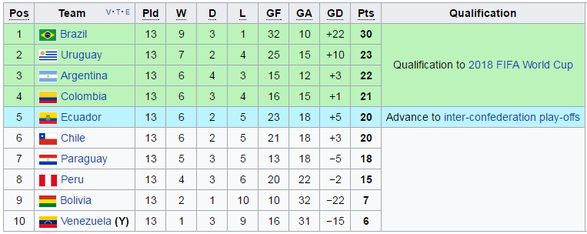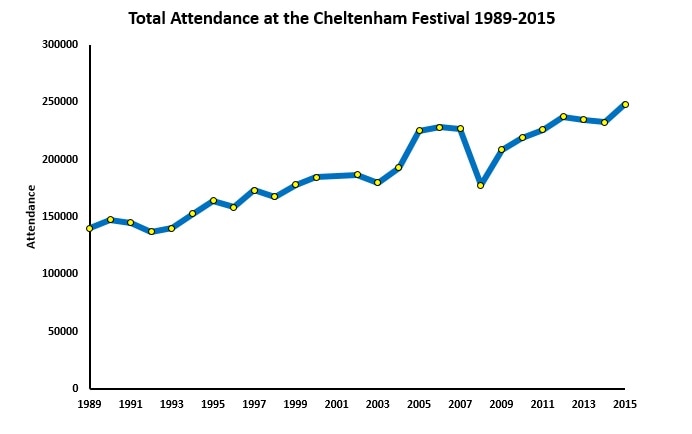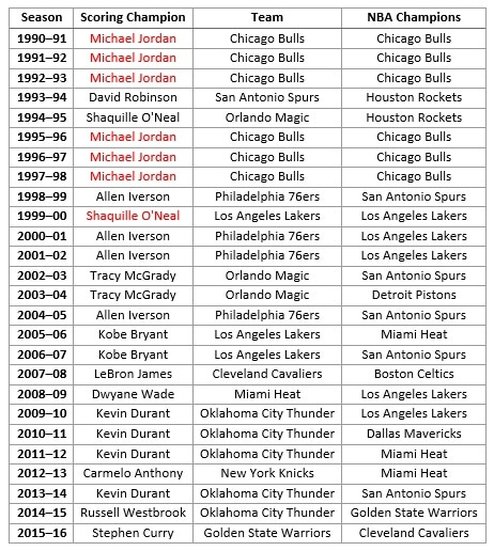Ireland's leading economic and applied social science journal Economic and Social Review has just published its volume for Spring 2017.
Amongst the contributions is a paper by Peter D. Lunn of The Economic and Social Research Institute and Trinity College Dublin and David Duffy of Property Industry Ireland called "Are Perceptions of Greatness Accurate? A Statistical Analysis of Brian O’Driscoll’s Contribution to the Irish Rugby Team".
The abstract reads as follows:
"We test whether public perceptions of Brian O’Driscoll’s greatness were accurate. O’Driscoll was an automatic selection for Ireland’s rugby team yet missed matches through injury, allowing us to treat injury as random. We estimate that O’Driscoll was worth a converted try per game and improved the chance of victory by more than home advantage. None of O’Driscoll’s Irish contemporaries made such a contribution. His impact also compares favourably with New Zealand’s best players of the era. Our estimates have implications for debates about wages in professional rugby. They also demonstrate how statistical techniques can be applied to an everyday issue, allowing us to conclude that perceptions of one Irishman’s greatness were warranted".
It seems O'Driscoll was just as important as we all believed!
The full paper can be accessed here.




 RSS Feed
RSS Feed